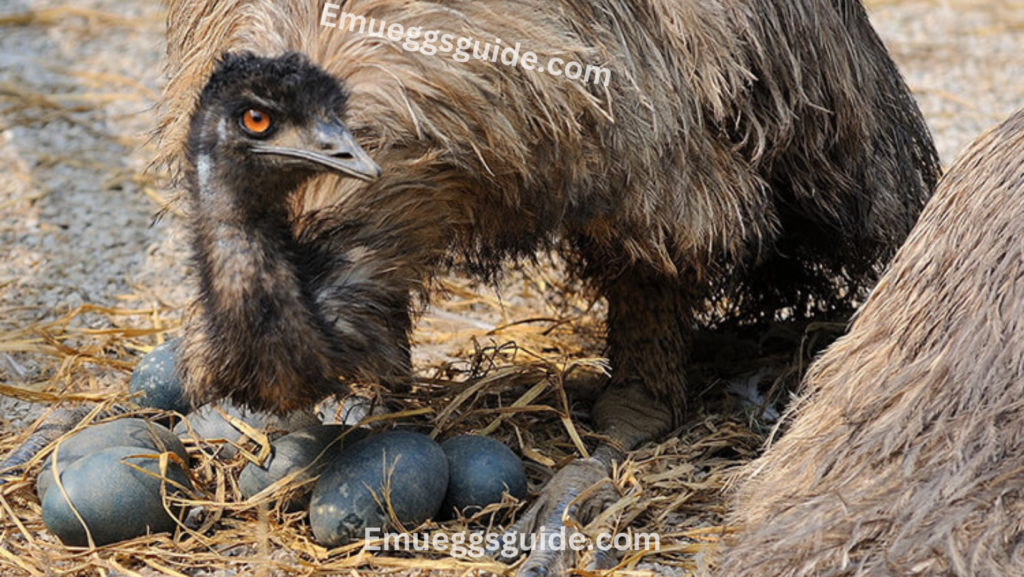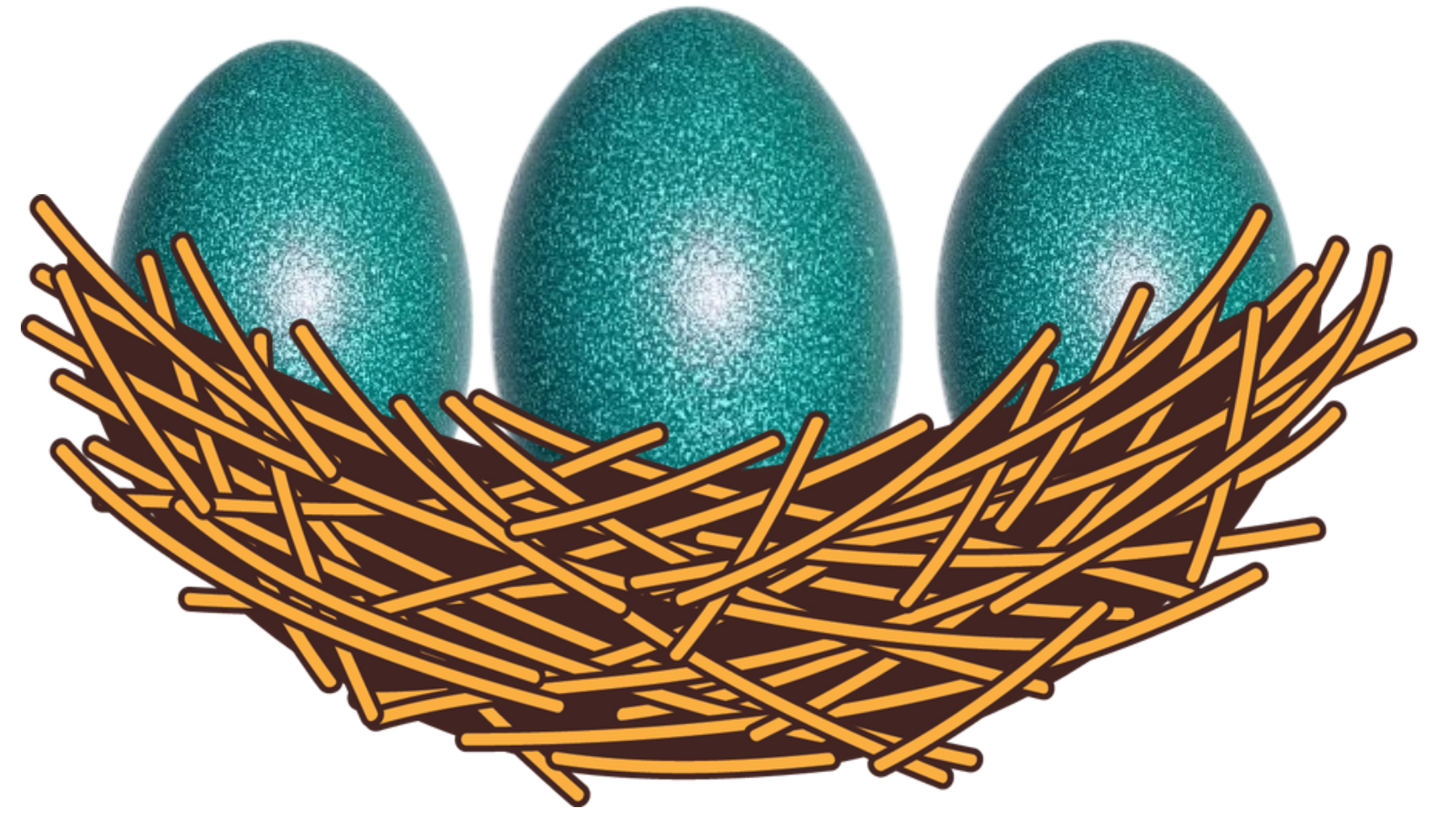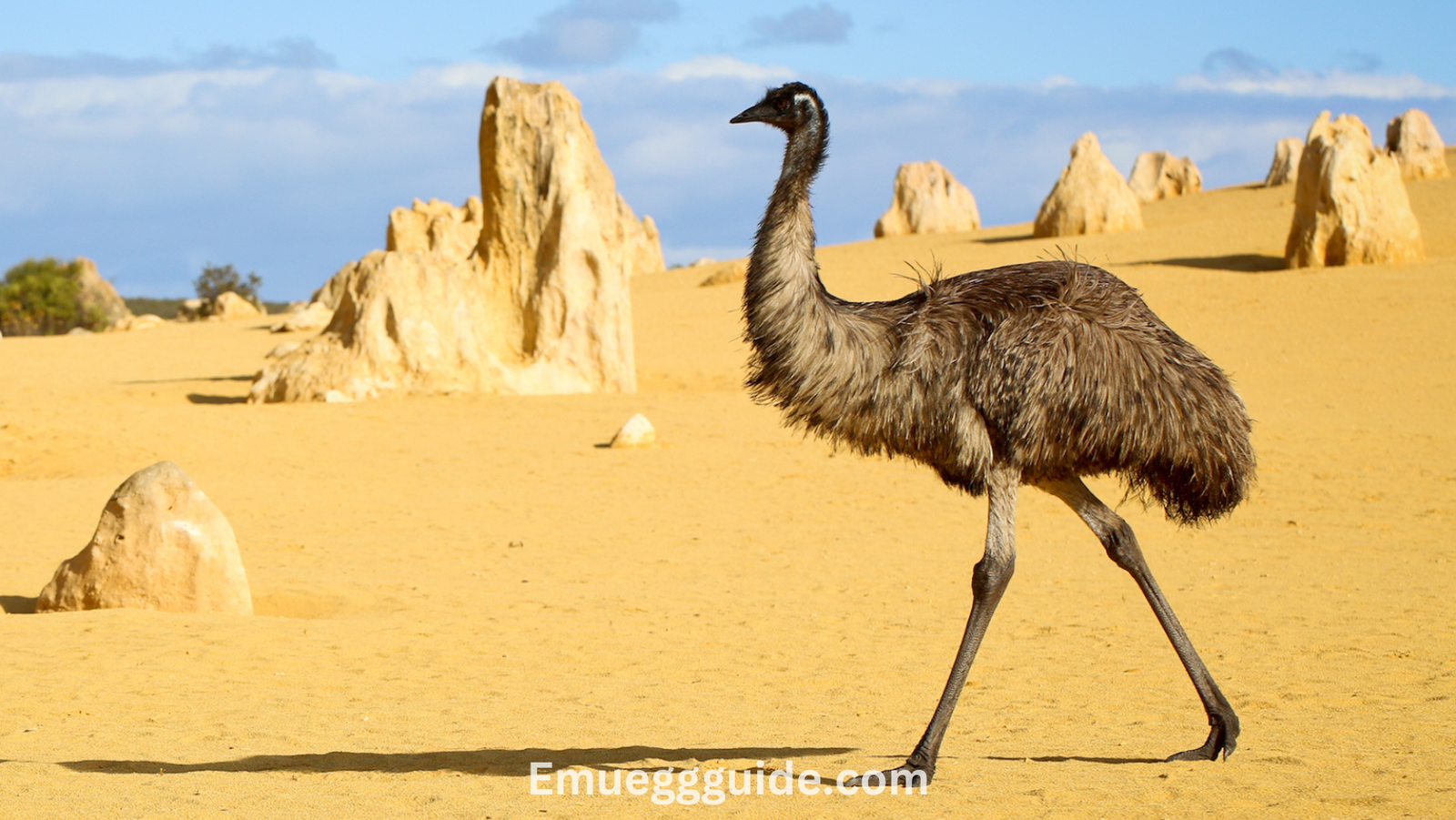Emu eggs is large, dark green eggs are not only beautiful but also due to their unique characteristics. Emu eggs, uncovering what makes them so special and why they have garnered so much interest. The fascinating details that set emu eggs apart and make them a subject of wonder.
Blown Emu Eggs
Blown emu eggs are an art form, created by carefully removing the contents of the egg while preserving the shell. This delicate process begins with a small hole being made in the egg’s shell. The contents are then gently often through a syringe or a similar tool, leaving only the empty shell. The shell is then cleaned and dried, ready for its next phase.
The unique texture and vibrant color of emu eggs make them an excellent choice for decorative purposes. These eggs are often painted, with various to showcase their natural beauty. They can be transformed into pieces such as ornaments, and display items. Additionally, blown emu eggs are popular in crafting circles for their durability and distinctive look, making them a favorite medium for creating unique and memorable gifts or home decor.
New Emu Hatchlings
The early stages of life for emu hatchlings are both fascinating and delicate. Once an emu egg hatches, the newly emerged chick is covered in a soft, striped down that provides in the wild. However, they still rely on their parents for warmth and protection during these critical early days.
Care for young emus involves a few essential aspects. They require a warm, safe environment to grow and thrive. Feeding is emu chicks start with a diet of specially formulated feed that supports their rapid growth. Regular monitoring and a clean environment help prevent disease and ensure the healthy development of the chicks.
The development of young emus is marked by their swift physical growth and increasing independence. Within a few months, they begin to their down and develop adult feathers, gradually to a more self-lifestyle. Their early stages, consistent care and proper nutrition are key to ensuring that emu hatchlings grow into strong, healthy adult emus.
Breeding Emu Eggs

The emu breeding process that involves several key factors influencing egg production. Emus typically breed once a year during their designated breeding season, which varies depending on the region but generally occurs in the warmer months. During this time, male and female emus engage in a series of behaviors to establish a bond.
The mating process involves intricate displays by the male, and physical attract a female. The egg-laying frequency can vary, with the female laying one egg approximately every two to three days until her clutch is complete.
Several factors impact the success of emu breeding and egg production. The health and age of the emus, the quality of their diet, and environmental conditions all play roles. Ensuring a balanced diet rich in nutrients and providing a suitable, stress-free environment can significantly enhance egg production and overall reproductive success.
This unique role is a feature of emu breeding, with the male emu remaining in the nest and caring for the eggs for about 50 to 55 days.





